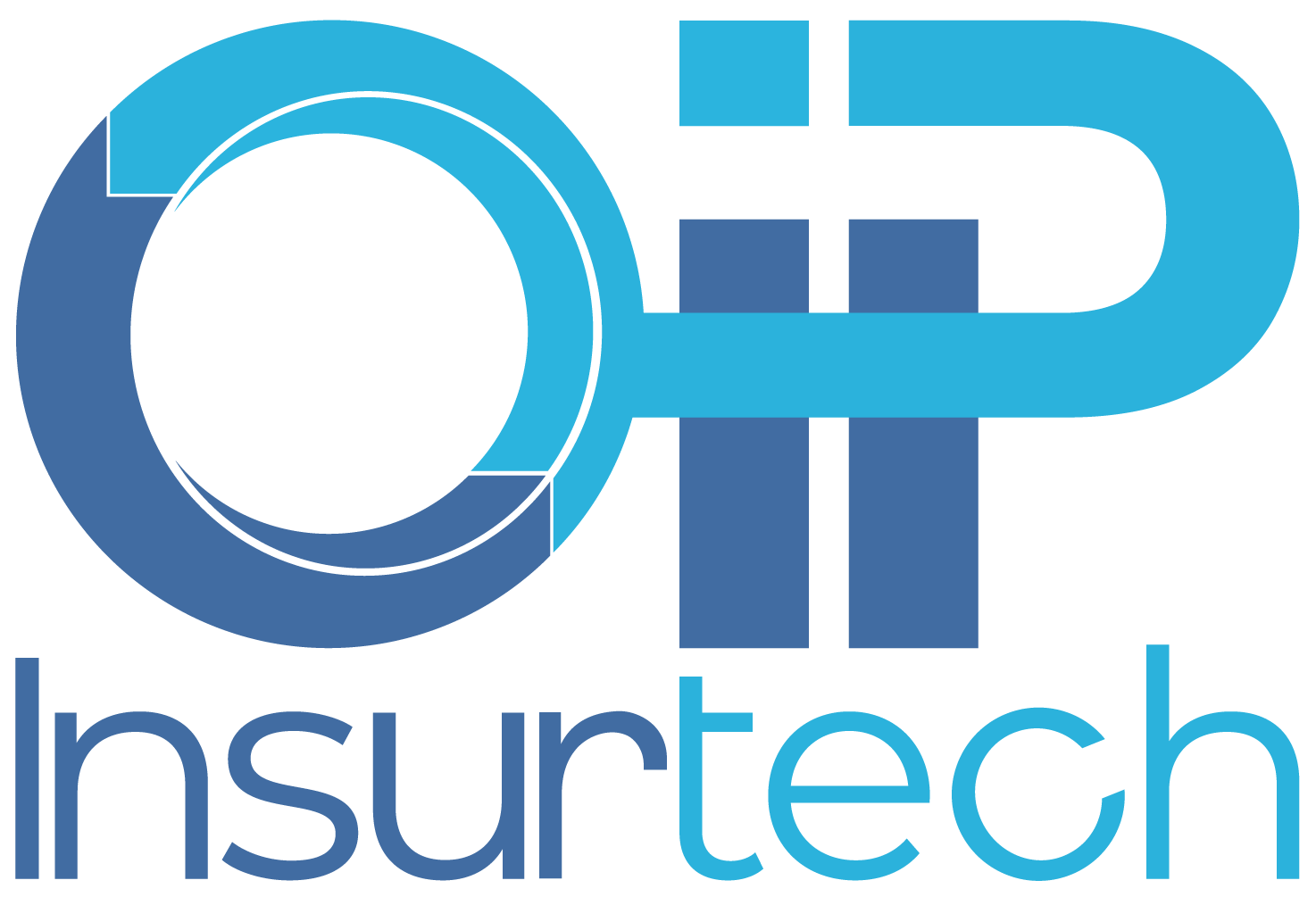6 Red Flags Your Insurance Operation Isn’t Ready for Automation
Automation isn’t the first step. It’s the last. Here’s how to know you’re not ready…yet.
Automation promises efficiency, speed, and scale. And in theory, it delivers all three.
That’s why so many insurers rush to deploy it, especially under pressure to modernize. New platform, new dashboard, problem solved.
Except it rarely works that way.
Without the right foundation – clean data, standardized workflows, team alignment – automation doesn’t solve problems. It magnifies them.
Broken processes move faster. Errors scale. Morale drops. And the tech gets blamed when the real issue is what sits underneath it.
We’ll break down the red flags that indicate your insurance operation isn’t ready for automation – yet. If you’re serious about transformation, this is where you need to start.
1. You’re Trying to Cover for Legacy Systems
Legacy systems aren’t just old. They’re often undocumented, fragmented, and deeply embedded in your day-to-day operations. And yet, many insurers assume automation can simply patch over the cracks.
It can’t.
You can’t automate your way out of 20 years of underinvestment. If your core systems were never designed to work together, no amount of automation will suddenly make them speak the same language.
Worse, if you don’t fully understand what your legacy platforms were built to do, or how they’re connected, you’re flying blind. You risk building new tech on top of assumptions, not architecture.
Before you automate anything, ask:
- What exactly do our legacy systems do today?
- Has anyone reviewed or documented those processes recently?
- Will our new solution replicate critical functionality or accidentally erase it?
Automation doesn’t erase legacy debt. It exposes it.

2. Your Data Is Still a Mess
Bad data doesn’t vanish when you automate. It just moves faster.
If your records are riddled with errors, inconsistently formatted, or spread across disconnected systems, automation will only multiply the mess. Garbage in, garbage out – at scale.
We’ve seen it happen: insurers push data from one platform to another without ever checking its quality. Policyholder names don’t match. Claim details are missing. Legacy notes live in PDFs that no system can read. Suddenly, the “automation project” becomes a data cleanup nightmare.
You need to ask yourself a few questions.
Is our data clean, accurate, and structured? Do we trust the information in our systems today? Are we automating from a single source of truth or a patchwork of guesses?
If the answer is no, stop there. Automation should never come before data integrity.
3. Your Team Resists Process Change
Even the best automation will fail if your team refuses to use it.
If underwriters, claims handlers, or ops staff say, “We’ve always done it this way,” that’s not just inertia – it’s a flashing red light. Without buy-in, no tool, no matter how advanced, will gain traction.
Resistance isn’t always loud. Sometimes it shows up as skipped steps, “workarounds,” or quiet disengagement. If people aren’t part of the process design, they won’t trust the outcome and won’t change how they work.
Leadership often makes the mistake of building a new process in isolation, then announcing it in a training session. That’s not change management. That’s rollout theater.
Here’s what to watch for:
- Hesitation, skepticism, or visible frustration during demos
- Complaints about “yet another tool” or more logins
- Signs that people don’t believe the change will stick
If the humans aren’t on board, your insurance operation isn’t ready for automation, and it doesn’t stand a chance.
4. You Can’t Tell If It’s a Tech Problem or a Workflow Problem
Here’s a hard truth: most “tech problems” are actually process problems in disguise.
If your team is doing things that no longer make sense, or following outdated workflows just because “that’s how it’s always been done” – then automation will only replicate the inefficiency. Faster.
Before you digitize anything, you need to ask: Is this process still fit for purpose?
Many insurers haven’t reviewed their workflows in years. Compliance rules change. Customer expectations shift. New tools enter the stack, but the way work gets done stays frozen in time.
A good rule of thumb:
If you haven’t audited the process in the last 3–5 years, don’t automate it. Rethink it.
Sometimes the fix is simple: eliminate a step, combine two roles, or remove a redundant check. But if you skip that analysis, you’re just scaling confusion.
Automation doesn’t fix broken design. It locks it in.
5. Your Automation Is Hurting Morale
When automation is dropped onto a broken foundation, it doesn’t feel like innovation. It feels like chaos.
Teams suddenly have to navigate clunky workarounds, mismatched systems, and unclear expectations. What should make their jobs easier now makes everything harder. That’s when frustration sets in. And when frustration lingers, people leave.
Here’s what it looks like in practice.
Employees feel like they can’t do their job anymore. Processes become more confusing, not less. The energy goes from hopeful to hostile.
Even if no one quits, the damage is done. Productivity dips. Trust in leadership erodes. And the next change initiative is met with even more resistance because “we’ve seen how this goes.”
Automation should lift your team, not lose them.
6. You Have No Clear Business Case or KPIs
If you can’t define success, how will you know if automation worked?
Too many insurers roll out automation without clear goals. No target metrics. No baseline. Just a vague hope that “things will get better.”
That’s how expensive tools become abandoned platforms.
Without KPIs, you can’t prove ROI. You can’t spot red flags early. And you definitely can’t align your team on what the tool is supposed to improve.
There are several questions that need an answer.
What does success look like? Are we aiming for faster processing, fewer errors, reduced headcount, or all of the above? How will we track progress weekly, monthly, and quarterly?
Automation isn’t the strategy. It’s a lever. And if you don’t know what you’re trying to lift, you’ll waste a lot of effort pulling in the wrong direction.

What Failed Automation Actually Costs
When automation flops, the bill isn’t just technical. It’s operational, reputational, and cultural.
You lose more than money. You lose time, credibility, and trust from your team, your leadership, and your clients.
Here’s what it looks like:
- Reputation hit: Word spreads fast when a transformation project fails. You become “the carrier that couldn’t modernize.”
- Lost business: If your team can’t quote fast enough or process renewals efficiently, you fall behind competitors who can.
- Growth stall: Without scalable systems, your underwriters are stuck doing manual work and can’t take on more volume.
- Employee burnout: Tech that doesn’t work adds stress, not relief. Frustrated teams stop caring and start leaving.
A failed automation project doesn’t just delay progress. It sets you back.
How InsurOPS 360° Prepares You for the Real Thing
At OIP Insurtech, we don’t believe in automating chaos. We fix it first.
InsurOPS 360° is our structured approach to operational transformation with automation as the final step, not the first.
Here’s how we do it:
Workflow Review
We map your existing processes, end to end, spotting inefficiencies, redundancies, and outdated steps.
SOP Development
Our Process Improvement Department standardizes how your team works. Clear documentation, defined handoffs, and consistent execution – ready to scale.
Data Cleanup & Readiness
We ensure your data is accurate, structured, and accessible, so automation doesn’t multiply existing errors.
Automation with Bound AI
Once your foundation is strong, we layer in Bound AI – automation that’s integrated with your systems, supported by human-in-the-loop oversight, and designed for real ROI.
Ongoing Improvement
We don’t stop after launch. Our team monitors performance, supports adoption, and evolves your operations with you.
Automation isn’t the goal. It’s the reward for doing the groundwork right.
The Bottom Line
In insurance, speed matters, but only when it’s built on stability.
Automation can transform your operations only if your operations are ready. Without clean data, defined workflows, and team alignment, all you’re doing is scaling dysfunction, meaning your insurance operation isn’t ready for automation.
The best insurers aren’t rushing to automate everything. They’re stepping back, fixing what’s broken, and building the kind of foundation where automation actually delivers.
InsurOPS 360° helps you do exactly that.
We don’t just plug in tools. We prepare your systems, your people, and your processes for long-term success.
